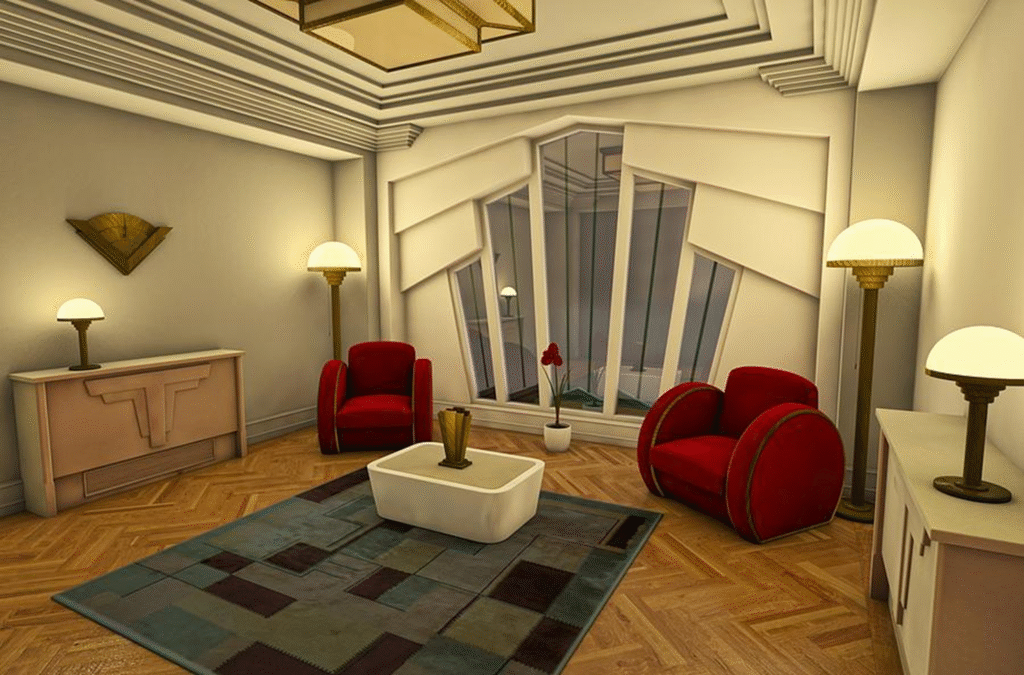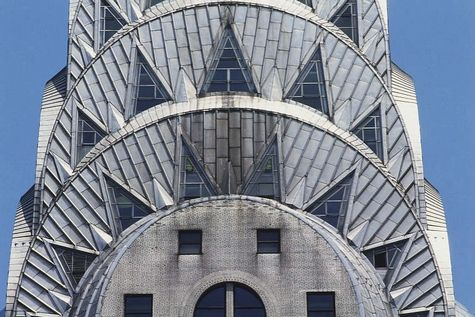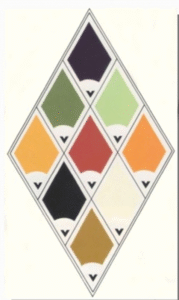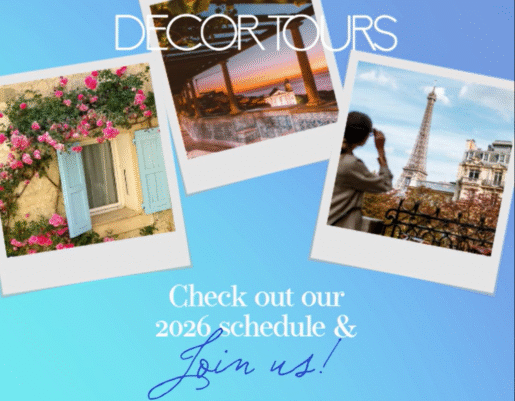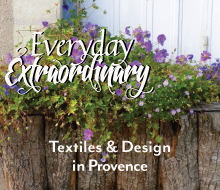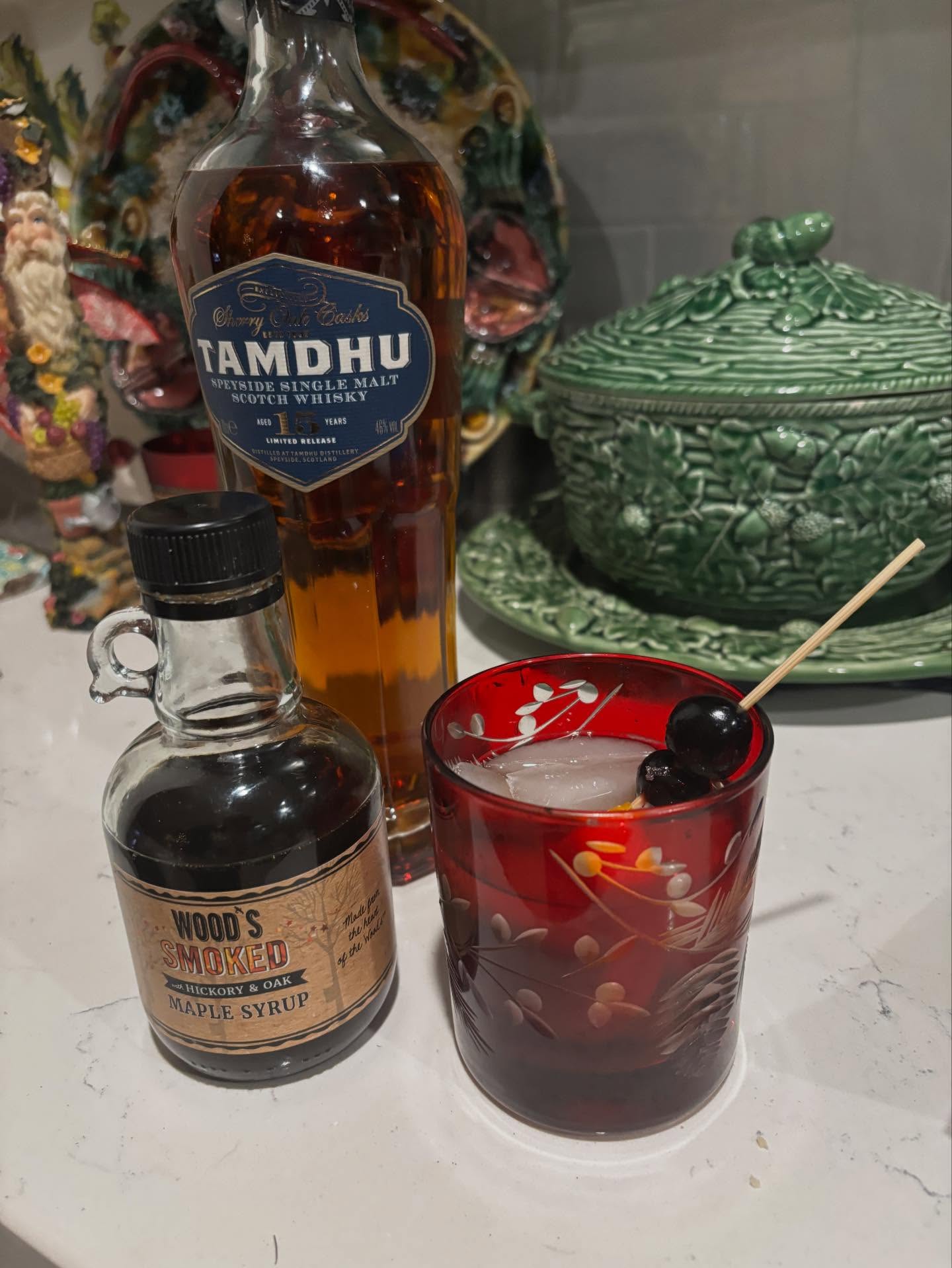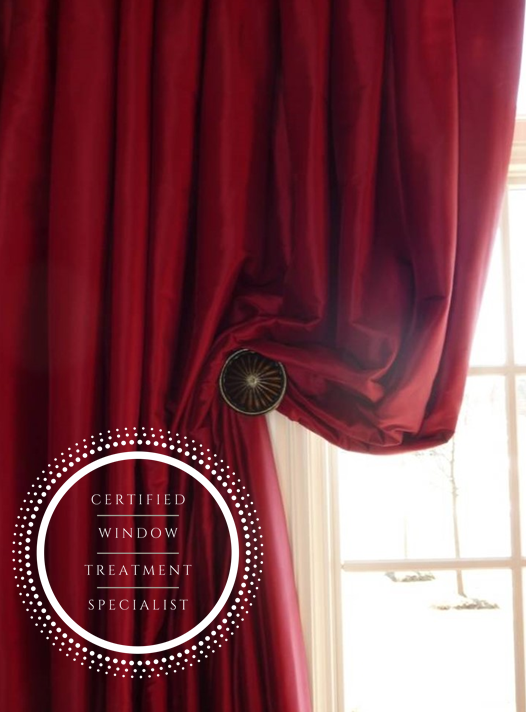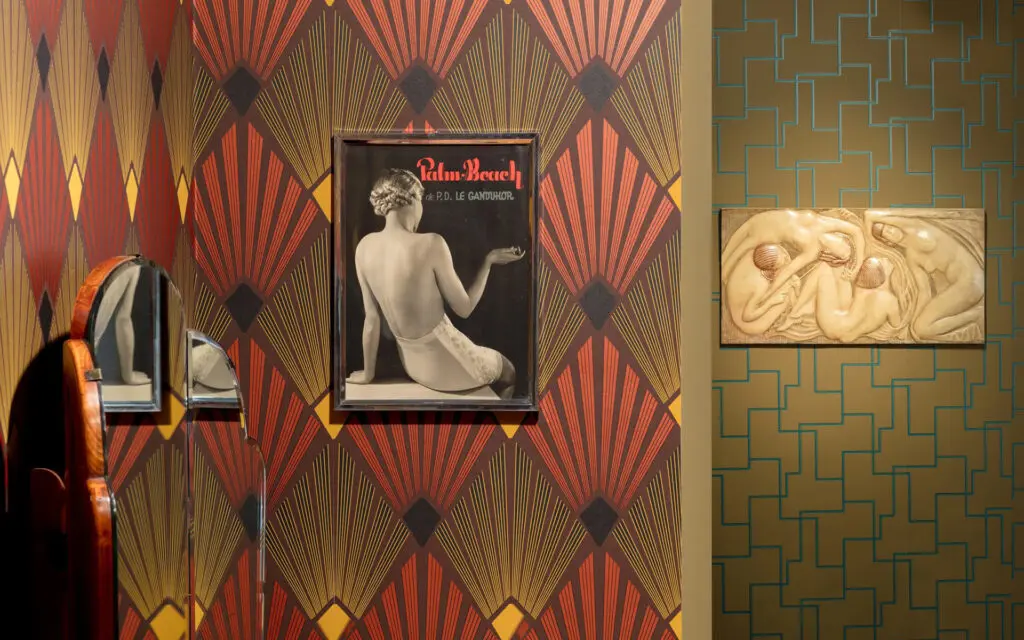
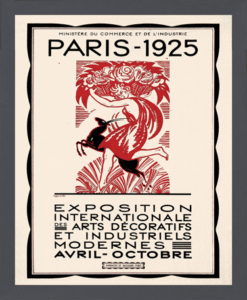
Art Deco, a design movement that originated in the 1920s and flourished through the 1930s, continues to captivate interior designers and homeowners alike with its unmistakable glamour, luxury, and order. This iconic style emerged from the International Exhibition of Modern Decorative and Industrial Arts held in Paris in 1925- the show establishing Art Deco as a decorative movement- quickly spreading across Europe and the United States.
A Brief History
The Art Deco movement arose as a reaction to the organic, curvilinear designs of the preceding Art Nouveau period with the intent to modernize French interior design post World War I. It drew inspiration from various sources, including Cubism, Fauvism, and ancient Egyptian, African, and Aztec art. The style reflected the era’s cultural and social aspirations, as well as an optimistic outlook towards technological advancement. The aesthetic continues to endear designers and brands. Venerable brands like Prelle and Liberty of London to contemporary editors like Camengo and Pierre Frey are celebrating the anniversary by dipping into their archives to showcase Art Deco’s enduring charm.
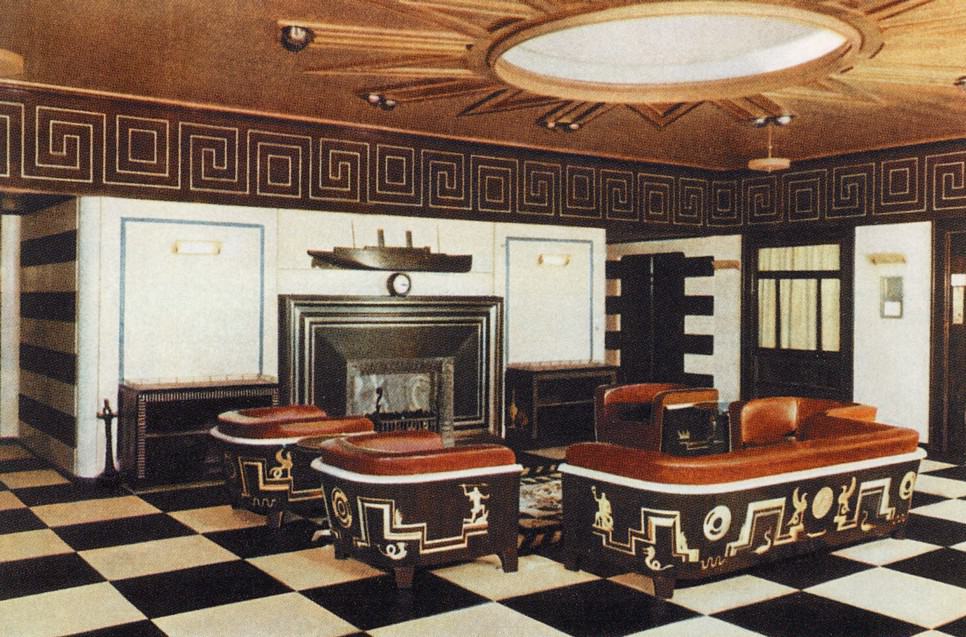
Hallmarks of Art Deco Style
Art Deco interiors are characterized by several key elements:
Geometric Shapes: Bold geometric patterns, including zigzags, triangles, and sunburst motifs, are staples of the style.
Symmetry and Balance: Art Deco designs often feature balanced proportions and harmonious compositions.
Vertical Emphasis: Many Art Deco buildings emphasize verticality through towering structures and soaring spires or Ziggurats- stepped pyramids.
Luxurious Materials: The use of high-end materials such as stainless steel, mirrors, chrome, glass, lacquer, exotic woods, and marble is fundamental to Art Deco interiors.
Ornate Decoration: Lavish ornamentation, including intricate carvings and stylized motifs, is a hallmark of the style.
Fluidity: the fascination with speed and new developments in technology transferred industrial design to interiors.

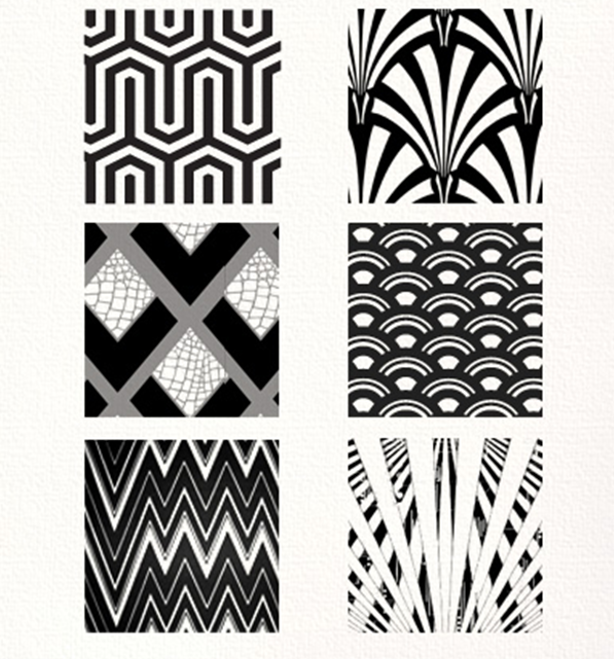
Stylemakers
- Jacques Doucet
- Jeanne Lanvin
- Jacque Ruhlmann
- Frank Lloyd Wright
- Jean Michel Frank
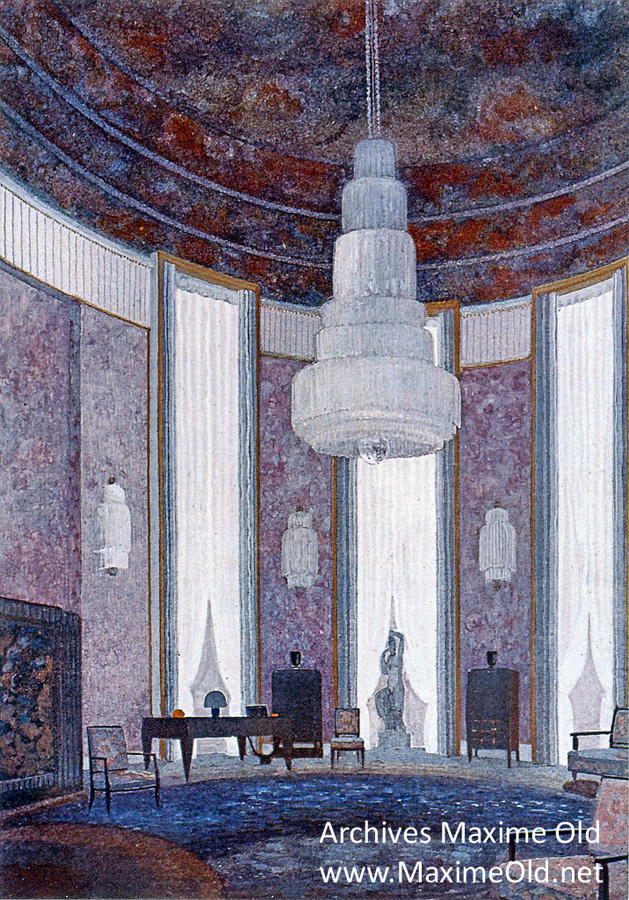
Colors in Art Deco Interiors
Art Deco color palettes are bold and vibrant, often featuring high contrast in:
- Jewel tones like lapis lazuli blues, emerald greens, and deep raspberries
- Rich, opulent colors such as gold, ruby, and black
- Softer shades of pink, lavender, and powder blue for a calming effect in backgrounds
Finishes and Materials
To emulate the Art Deco style, consider incorporating these finishes and materials:
- Stainless steel, chrome, and glass for a sleek, modern look
- Lacquered surfaces and inlaid wood for added luxury
- Marble and rare woods for an opulent touch
- Bakelite, Mother of Pearl
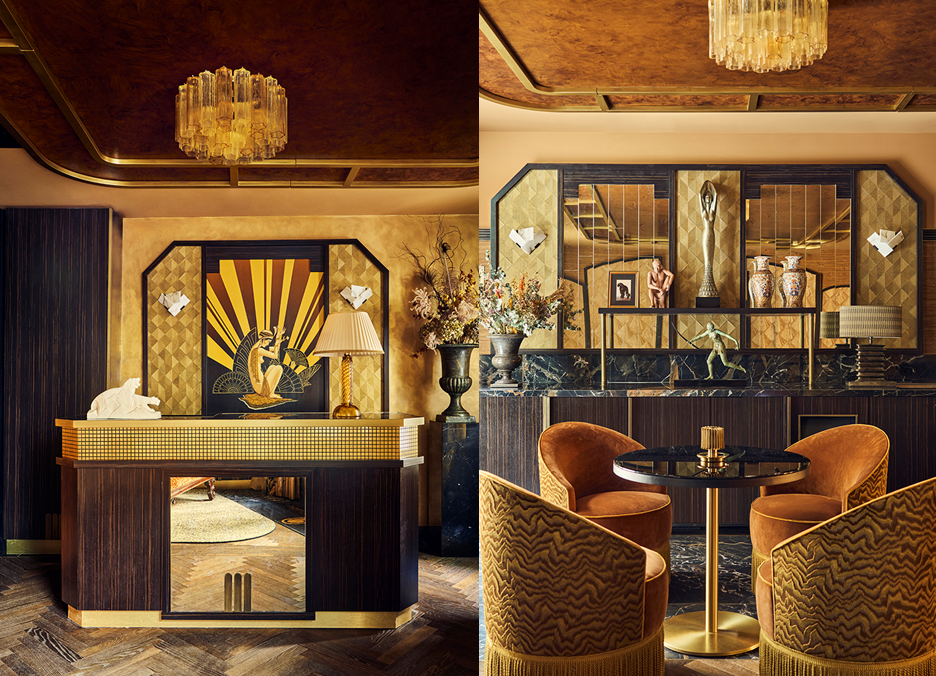
Fabrics for Art Deco Interiors
Art Deco upholstery fabrics are all about texture and pattern:
- Luxurious fabrics like velvet and silk
- Bold geometric, sometimes abstract patterns, especially the iconic chevron design
- Chenille fabric for added texture and depth
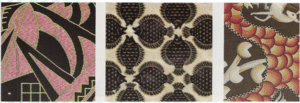
Soft Furnishings
- Accessories took a front seat- furs, glass, Lalique, shagreen, leather boxes, feathers
- Window Treatments moved the to background
- Venetian blinds in metal and wood reflected interest in industrial design
- Curtains were simpler hanging from chrome or steel rods and often with stylized border
- Drapery hardware became more functional than decorative
- Valances and upholstered cornices replaced heavier layers of the past
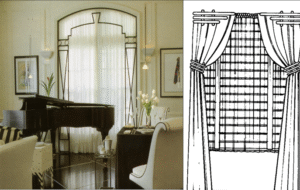
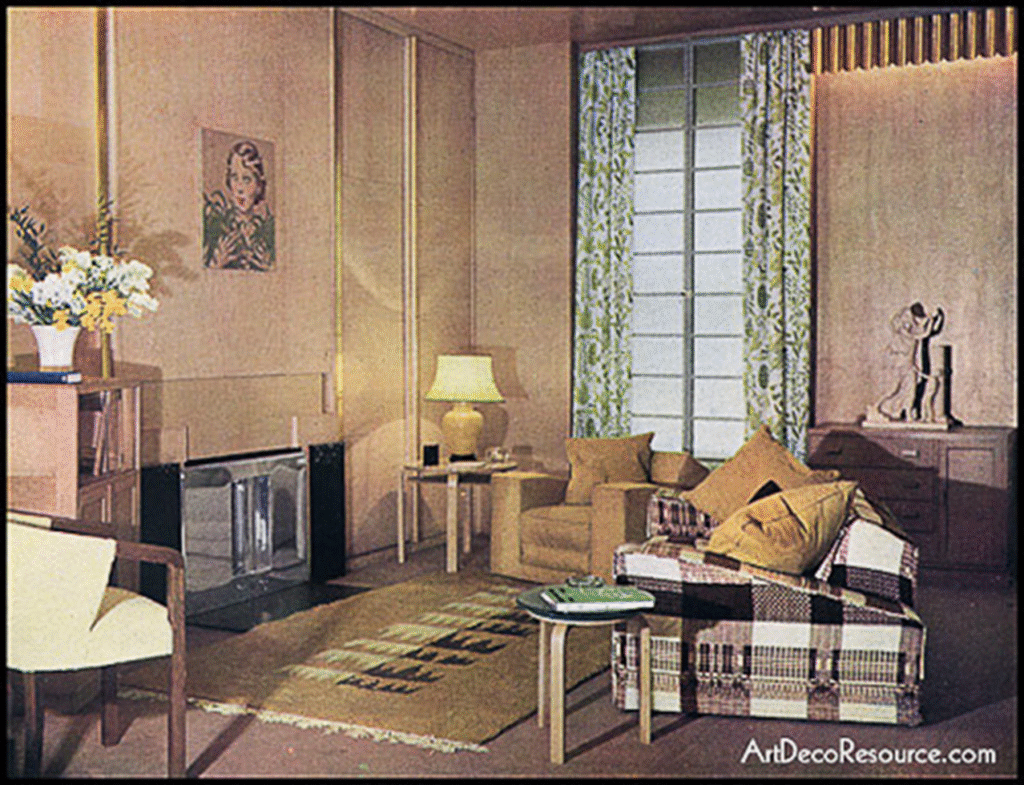
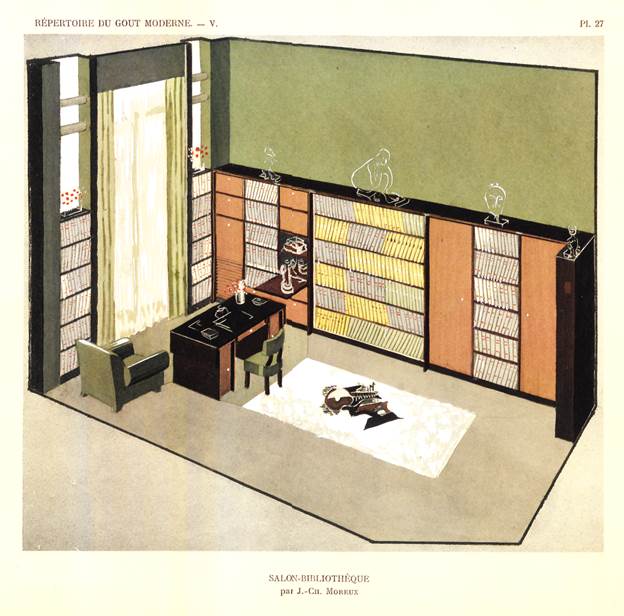
By incorporating these elements into your interior design, you can create a space that exudes the timeless glamour and sophistication of the Art Deco era. Whether you’re updating a single room or designing an entire space, the bold geometric patterns, opulent materials, and vibrant color schemes of Art Deco will help you capture the essence of this iconic design movement.
